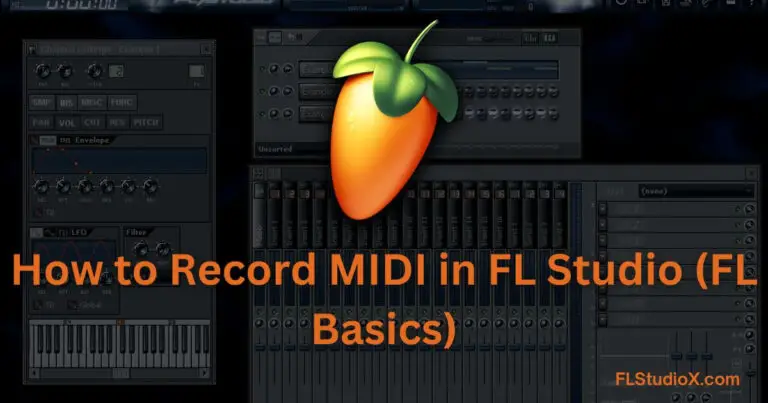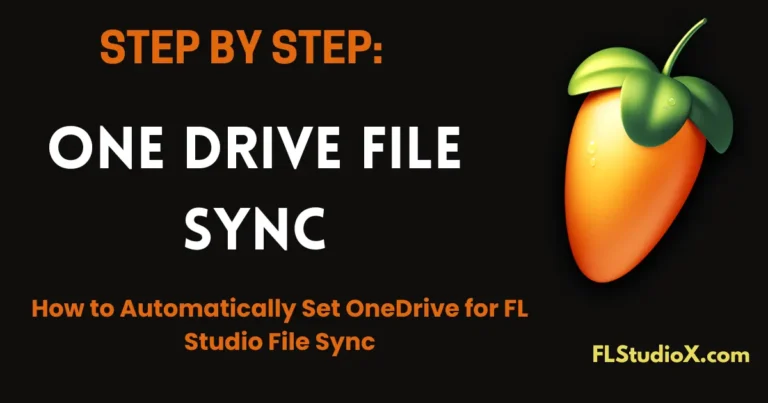
Introduction
FL Studio is a powerful digital audio workstation (DAW) which offers musicians and producers robust tools for creating, editing, and manipulating audio tracks. Understanding how to add audio to tracks is fundamental to producing high-quality music and sound projects. This comprehensive guide will walk you through multiple methods of adding audio to tracks in FL Studio, ensuring you can seamlessly integrate your sounds and create professional-grade productions.
Understanding Audio Track Basics in FL Studio
Before diving into the specific techniques, it’s crucial to understand the basic structure of audio tracks in FL Studio. Each track serves as a container for your audio files, allowing you to arrange, edit, and process sounds with precision.
What You’ll Need
- FL Studio (latest version recommended)
- Audio files in compatible formats (WAV, MP3, AIFF)
- Basic computer audio setup
Method 1: Dragging and Dropping Audio Files
Step-by-Step Process
- Locate Your Audio File
- Open your file explorer
- Navigate to the audio file you want to add
- Ensure the file is in a compatible format
2. Open FL Studio
- Launch the application
- Ensure you’re in the main arrangement window
3. Simple Drag and Drop
- Click and hold the audio file
- Drag it directly into the playlist area
- Release the mouse button to drop the file
- FL Studio will automatically create a new audio track
Pro Tips
- Use the Channel Rack for quick audio file placement
- Right-click on dropped files to access additional editing options
- Resize tracks for better visibility and control
Method 2: Using the “Import” Function
Detailed Import Process
- Navigation
- Click “File” in the top menu
- Select “Import”
- Choose “Audio file”
2. File Selection
- Browse your computer’s directories
- Select the desired audio file
- Click “Open”
3. Placement Options
- Choose where you want the audio placed
- Select track placement preferences
- Confirm import settings
Method 3: Recording Direct Audio
Recording Setup
- Prepare Your Equipment
- Connect microphone or audio interface
- Ensure proper driver installation
- Check input levels and settings
2. Configure Input
- Open FL Studio’s audio settings
- Select correct input device
- Adjust recording levels
- Set sample rate and bit depth
3. Start Recording
- Create a new audio track
- Arm the track for recording
- Click record button
- Perform or input your audio
Advanced Audio Track Management
Track Organization
- Color-code your tracks for visual clarity
- Use track folders for complex projects
- Utilize track naming conventions
Audio Manipulation Techniques
- Time-stretching
- Pitch shifting
- Volume automation
- Effects processing
Common Troubleshooting
Potential Issues and Solutions
- File Not Recognized
- Verify file format compatibility
- Convert file using external software
- Update FL Studio
2. Low Audio Quality
- Check input device settings
- Adjust sample rates
- Use high-quality source files
3. Synchronization Problems
- Align tracks manually
- Use metronome for precise timing
- Adjust grid and snap settings
Optimization Tips
Workflow Efficiency
- Learn keyboard shortcuts
- Use templates for recurring project types
- Regularly update FL Studio
Performance Considerations
- Manage project file sizes
- Use audio compression
- Monitor CPU and RAM usage
Conclusion
Adding audio to tracks in FL Studio is a straightforward process with multiple approaches. Whether you’re dragging and dropping, importing files, or recording directly, understanding these techniques will significantly enhance your music production capabilities.
Final Recommendations
- Practice consistently
- Experiment with different techniques
- Continue learning and exploring FL Studio’s capabilities






